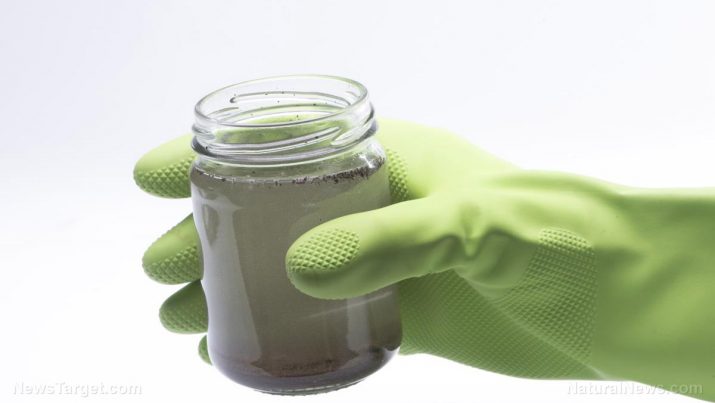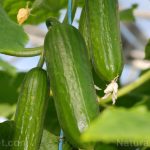
Header Menu
SHOCKING study reveals that tap water contains a class of harmful, toxic insecticides
Monday, August 27, 2018 by Edsel Cook
http://www.naturalnewspesticides.com/2018-08-27-shocking-study-reveals-that-tap-water-contains-a-class-of-harmful-toxic-insecticides.html

Anyone living near the Iowa River should be wary of their supposedly “safe” tap water. A study released by local researchers warned that some sources of treated water in the area have been contaminated with dangerous insecticides, an article in Natural Health 365 stated.
The pesticides in question are three types of neonicotinoids, a class of powerful chemicals that are responsible for devastating bee populations throughout the world. The U.S. Environment Protection Agency has not yet set safe limits for neonicotinoids, in part because they have not appeared in tap water until now.
University of Iowa (UI) researchers discovered the chemicals in water samples taken from the university’s treatment drain from May to July 2016, just after they planted corn and soy. They identified the neonicotinoids as clothianidin, imidacloprid, and thiamethoxam.
Levels in the samples ranged from 0.24 up to 54.3 nanograms of neonicotinoids per liter of water.
This is the first time a neonicotinoid had been discovered in treated drinking water. To make matters worse, there were three different types discovered. (Related: DDT pesticide exposure during pregnancy now scientifically linked to autism.)
Bee-killing neonicotinoid insecticides found in Iowa City tap water
Furthermore, the insecticides have survived the treatment process that supposedly filters and purifies these kinds of chemicals from future drinking water. In the case of the University of Iowa study, tap water goes through a standard water treatment plant that employs granular activated carbon (GAC) filters, a tried and tested technology.
The UI researchers theorize that the chlorination and disinfection processes reacted with the neonicotinoids. The ensuing chemical reactions generate toxic byproducts that contaminated the tap water.
Neonicotinoids are water-soluble, the better to kill insects of all kinds. Despite their solubility, they are also tough molecules that resist degradation by environmental factors like sunlight and bacteria. They are carried away from croplands and eventually end up in groundwater and surface water.
Researchers suspected that higher concentrations of these chemicals can be found in the Iowa River, one of the primary water sources for both the university and Iowa City itself.
The Iowa River is not the only body of water that has been contaminated by these toxic insecticides. Many streams in the Midwest have displayed shocking levels of neonicotinoids.
In addition to threatening human health, these chemicals could seriously damage natural ecosystems throughout the country, warned the U.S. Geological Survey (USGS). Neonicotinoids are persistent and deadly enough to threaten biodiversity, disrupt natural pest control, and decimate pollinator populations like bees and butterflies.
They are not just effective at killing insects. Tests show that they can prevent tadpoles from metamorphosing at the correct time. The immature frogs die off at a higher rate, which causes their populations to drop.
They can also affect birds and other animals that feed on insects by depleting the insectivores’ food supply.
Don’t wait for the EPA to declare neonicotinoids dangerous to human health
The EPA has issued preliminary assessments regarding the effects of neonicotinoid insecticides on human health, as well as their effects on non-pollinator ecology. The federal agency expects to complete its assessments by 2019, at which time it will make its decision.
Concerned parties should not wait for the EPA to finish its study. Farmers who use toxic insecticides like neonicotinoids must consider using other means of protecting their crops.
There are natural insect-killing plants and techniques that work almost as well as synthetic chemicals without the latter’s deadly drawbacks. Adopting these organic farming practices would not only protect the environment but also safeguard the dwindling supplies of safe drinking water.
If you are worried about the threat insecticides pose towards your health, visit Monsanto.news and find out how the campaign against one of the biggest culprits is faring.
Sources include:
Pubs.ACS.org [PDF]
Tagged Under: Tags: chemical contamination, groundwater contamination, insecticides, Iowa City, neonicotinoid, neonicotinoids, pesticide, pesticides, toxic insecticides, Water contamination





